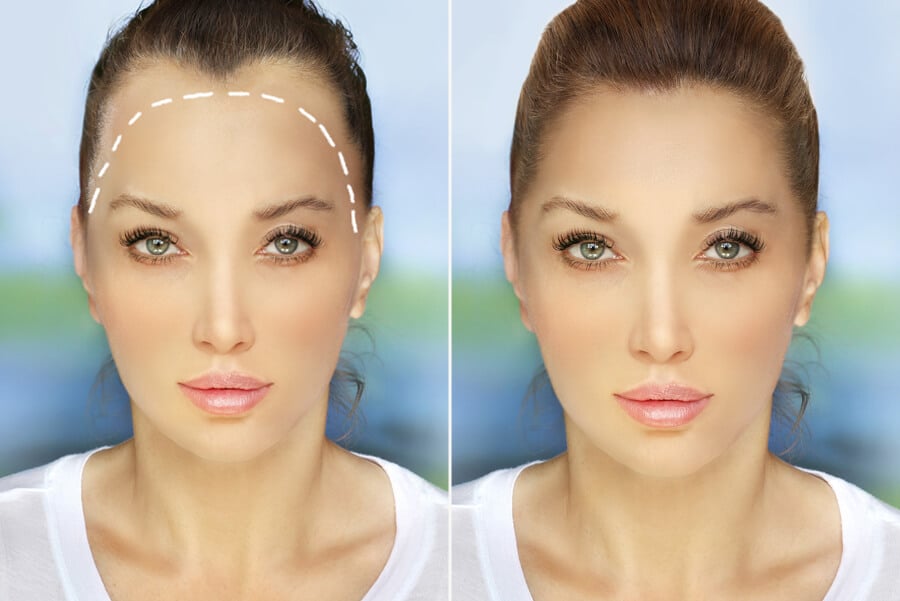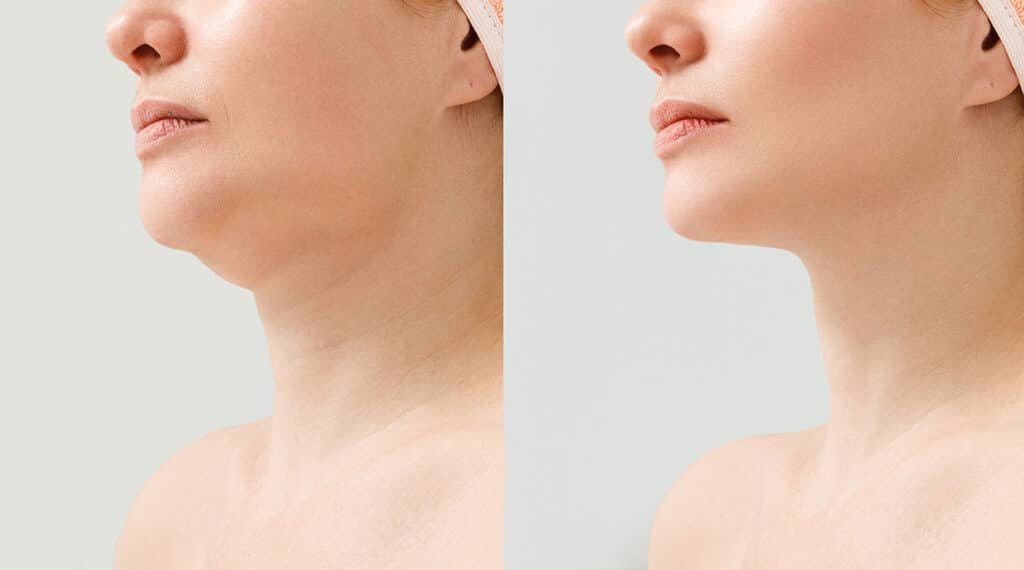Otoplasty, the surgical procedure aimed at altering the shape, position, or size of the ears, stands as a beacon of hope for those seeking to correct perceived imperfections. This intricate process not only promises aesthetic enhancement but also plays a crucial role in bolstering self-confidence and psychological well-being. With advancements in medical techniques ensuring safer and more effective outcomes, individuals contemplating this form of cosmetic surgery are encouraged to familiarize themselves with its nuances. Emphasizing precise legal interpretation and informed decision-making, this guide aims to shed light on what one can anticipate from undergoing otoplasty.
Understanding Otoplasty and Its Benefits
Ear Improvement
Otoplasty changes ear shape, position, or size. It’s a precise surgery. The goal is to make ears look better. This can mean less sticking out or more balanced with the face.
This procedure fixes various issues. Some people have large ears; others have misshapen ones due to injury.
Confidence Boost
One major benefit of otoplasty is improved self-esteem. People often feel self-conscious about their ears if they stick out too much or are oddly shaped.
After otoplasty, many report feeling happier with their appearance. This change can lead to increased confidence in social situations.
Suitable Candidates
Otoplasty suits adults and children over 5 years old. Children’s cartilage is soft enough for reshaping at this age.
- For adults, there’s no upper age limit.
- Key factors include good health and realistic expectations.
Types of Ear Deformities Addressed by Otoplasty
Protruding Ears
Otoplasty often corrects protruding ears. This common deformity makes ears stick out more than usual. Many seek otoplasty for a natural look.
The procedure brings the ears closer to the head. It changes their angle and shape too. This boosts confidence and comfort in social settings.
Congenital Defects
Another focus is on congenital defects like microtia. Microtia means “small ear.” It affects one or both ears from birth.
This condition results in underdeveloped ears that may lack external structures. Otoplasty can reconstruct these missing parts, using cartilage from other areas of the body or synthetic materials.
Injury-Related Issues
Lastly, otoplasty addresses structural issues caused by injury. Injuries can lead to deformities that affect ear appearance and function.
Reconstructive surgery helps restore the original shape of injured ears. Techniques vary based on injury severity but aim for symmetry with the unaffected ear.
Otoplasty offers solutions for various ear deformities, providing relief and improved aesthetics for those affected by protruding ears, congenital defects, or injuries.
Determining Eligibility for Otoplasty
Age Factor
Ears are usually fully grown by the age of 5. This makes it a crucial time to consider otoplasty, especially for children facing ear deformities. Fully developed ears ensure the results last and prevent future adjustments.
Children over 5 years old can undergo this surgery safely. Their ear tissues have matured enough for effective reshaping. It’s important to address any concerns early on, as it can boost self-esteem significantly during formative years.
Health Status
Candidates must be in good health. This reduces risks associated with surgery and anesthesia. A detailed medical history helps surgeons assess suitability accurately.
Non-smokers have an edge here or those willing to quit before the procedure do too. Smoking can hinder healing, making recovery tougher than necessary.
Expectations
Realistic expectations are vital for anyone considering otoplasty. Understanding what the surgery can and cannot achieve prevents disappointment. It’s about improving symmetry, not perfection. Surgeons aim to balance proportions while respecting natural asymmetry due to genetic factors.
Overview of the Otoplasty Procedure and Recovery
Surgical Details
Otoplasty, commonly known as ear surgery, is a detailed procedure. It usually lasts between two to three hours. During this time, patients are under general anesthesia. This ensures they feel no pain.
The surgical team focuses on reshaping or adjusting the ears’ structure for better appearance or function. Precision and care define every step of the process.
Recovery Process
After otoplasty, recovery begins immediately. Patients must wear a headband to support their healing ears. This is crucial for maintaining the new shape during recovery.
The first week post-surgery is vital for healing. Most people can return to normal activities within this period. However, full recovery may take longer.
- Key points in recovery include:
- Wearing a supportive headband
- Avoiding strenuous activities
- Following all post-operative instructions from your surgeon
Patients should expect some swelling and discomfort initially. These symptoms gradually decrease over time.
Risks and Complications of Otoplasty Surgery
Scarring Potential
Scars are a common concern for anyone considering surgery. With otoplasty, scarring is typically hidden behind the ear. This makes it less noticeable than in more visible areas.
However, everyone heals differently. Some might experience more prominent scarring. Following your surgeon’s aftercare instructions can help minimize this risk.
Infection Risk
Infections are possible with any surgical procedure. For otoplasty, the risk is relatively low but still present. Symptoms include redness, swelling, and pain around the surgical site.
Proper care post-surgery significantly reduces this risk. This includes keeping the area clean and following all prescribed treatments from your doctor.

Asymmetry Issues
Achieving perfect symmetry between ears is a goal but not always possible. Minor differences may exist even after successful surgery.
Most cases of asymmetry are minor and hardly noticeable to others besides the patient themselves. Surgeons aim for natural-looking improvements rather than perfection.
Understanding these potential risks and complications is crucial before deciding on otoplasty surgery. While most patients do not experience severe issues, being aware helps manage expectations and prepare for recovery effectively.
- Key Takeaways:
- Scarring usually hides behind the ear.
- Infection risks can be minimized with proper care.
- Perfect symmetry is rare but often close to it.
Long-Term Results and Satisfaction Rates
Permanent Outcomes
Otoplasty offers permanent changes. The results usually last a lifetime, except in cases of significant trauma. Patients enjoy the benefits of this treatment for years without needing additional surgeries.
Patients should have realistic expectations about the outcomes. Understanding what otoplasty can achieve helps ensure satisfaction with the results. Techniques used are advanced and tailored to individual concerns, contributing to the permanence of outcomes.
High Satisfaction
Many patients report high levels of satisfaction after otoplasty. This is due to improved appearance and boosted self-image. A positive change in how individuals see themselves often leads to increased confidence.
Follow-up visits play a crucial role in ensuring healing progresses as expected. They allow doctors to address any discomfort or concerns promptly, aiding in recovery and patient satisfaction.
- Pros:
- Improved self-esteem.
- Lasting results.
- Cons:
- Possible need for follow-up treatments if complications arise.
Alternatives to Otoplasty for Ear Correction
Ear Molding
Ear molding stands out as a non-surgical option, especially beneficial for infants. This technique involves reshaping the ear cartilage using soft molds. It’s most effective within the first few weeks after birth when the cartilage is still very pliable.
Parents often choose ear molding for its non-invasive nature. The process gently corrects the shape of an infant’s ears without surgery. Success rates are high if started early.
Hairstyles and Accessories
For minor cosmetic concerns, certain hairstyles and accessories can offer temporary solutions. Long hair or specific styles can effectively cover less severe issues with the ear’s appearance.
Accessories like hats or headbands also serve well in camouflaging imperfections temporarily. These options provide a quick fix but do not alter the ear structure.
Hearing Aids
When dealing with functional problems of the ear, hearing aids or other devices might be recommended. These tools address issues beyond cosmetic appearance by improving hearing function.
Hearing aids are tailored to fit each individual’s needs, making them a viable option for those facing auditory challenges related to ear structure.
Preparing for Your Otoplasty Consultation
Questions List
Before your consultation, prepare a list of questions. This ensures you don’t forget anything important during the appointment.
Ask about surgery details, recovery time, and any possible need for revision surgery. Inquire about both general anesthesia and local anesthesia options. Understand how each choice affects recovery. Discuss potential risks like infection or trauma to the ear area.
Medical History
Gather all relevant medical information before meeting with plastic surgeons. This includes past surgeries, allergies, and any medications you’re currently taking.
Share this history with your doctor to avoid complications during or after otoplasty. Be honest about any issues that might affect healing or ear appearance post-surgery.
Aesthetic Goals
Be clear about why you want otoplasty and the desired outcome for your ear appearance. Plastic surgeons can tailor their approach if they understand your goals.
Discuss concerns like scars visibility and how it might impact skin around the incision site. Clarify expectations regarding hearing changes post-surgery.
Final Remarks
Otoplasty offers a transformative solution for individuals seeking to correct ear deformities, enhancing not only their physical appearance but also boosting self-confidence. It addresses various ear deformities, ensures a high satisfaction rate among patients, and presents alternatives for those considering non-surgical options. Individuals considering this procedure must understand the eligibility criteria, the surgical process, recovery expectations, and potential risks involved. The long-term results of otoplasty have proven to be positive, with many experiencing significant improvements in their quality of life.
For those contemplating otoplasty, it’s crucial to engage with a qualified surgeon during the consultation phase to discuss expectations, concerns, and the tailored approach best suited for their specific needs. This interaction lays the foundation for a successful outcome. Therefore, anyone considering otoplasty is encouraged to take the next step by scheduling a consultation with a reputable specialist to explore how this procedure can meet their aesthetic or functional needs.
Frequently Asked Questions
What is Otoplasty?
Otoplasty, or ear surgery, corrects deformities and improves the shape, position, or proportion of the ears. It offers both aesthetic and functional benefits.
Who can undergo Otoplasty?
Individuals without major health issues, experiencing dissatisfaction with their ear appearance or suffering from congenital ear deformities are generally good candidates for otoplasty.
What types of ear deformities can Otoplasty address?
Otoplasty effectively corrects various conditions including protruding ears, oversized ears (macrotia), and congenitally misshapen ears.
How long does recovery from Otoplasty take?
Recovery typically spans 1 to 2 weeks. Patients may experience some discomfort initially but can return to normal activities gradually.
Are there risks associated with Otoplasty surgery?
Yes, like any surgical procedure, otoplasty carries risks such as infection, bleeding, asymmetry, and changes in skin sensation. However, serious complications are rare.
Can I expect permanent results from an Otoplasty procedure?
Yes. The results of otoplasty are usually permanent and can significantly improve self-esteem and quality of life.
Are there non-surgical alternatives to Otoplasty?
Non-surgical options include wearing splints for infants with ear deformities or using hair styles and accessories for minor concerns in adults.










